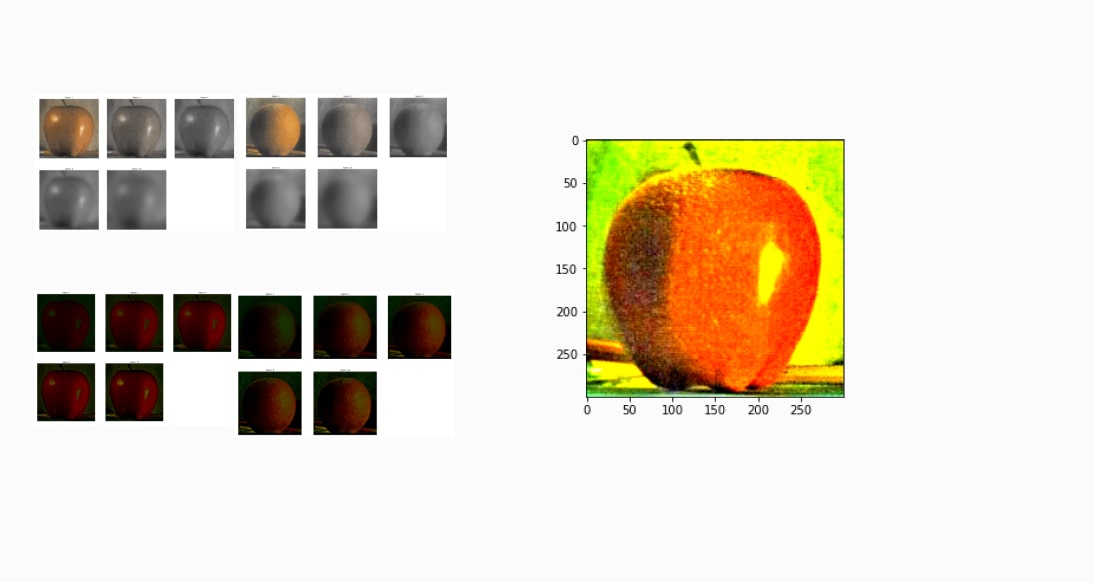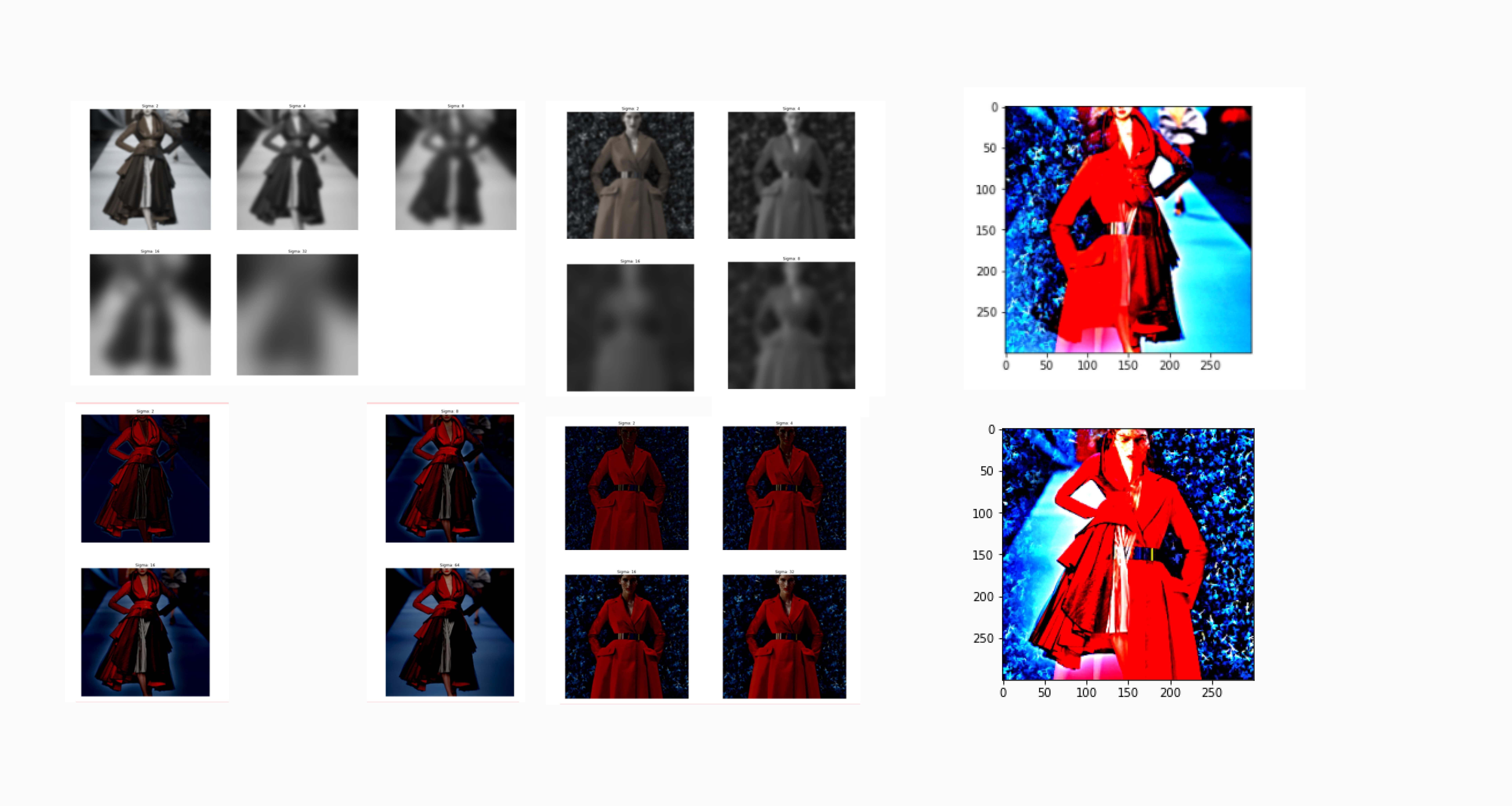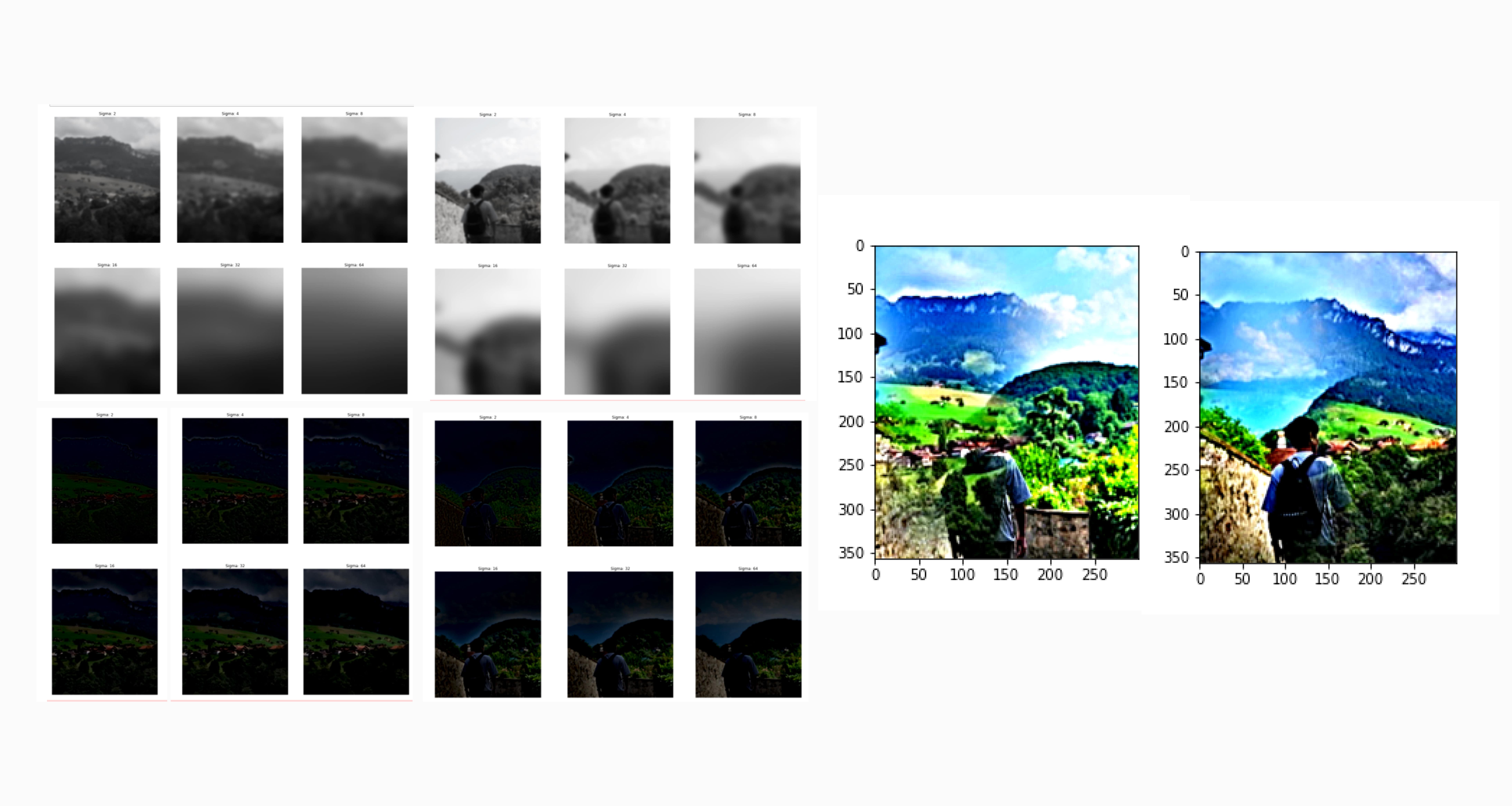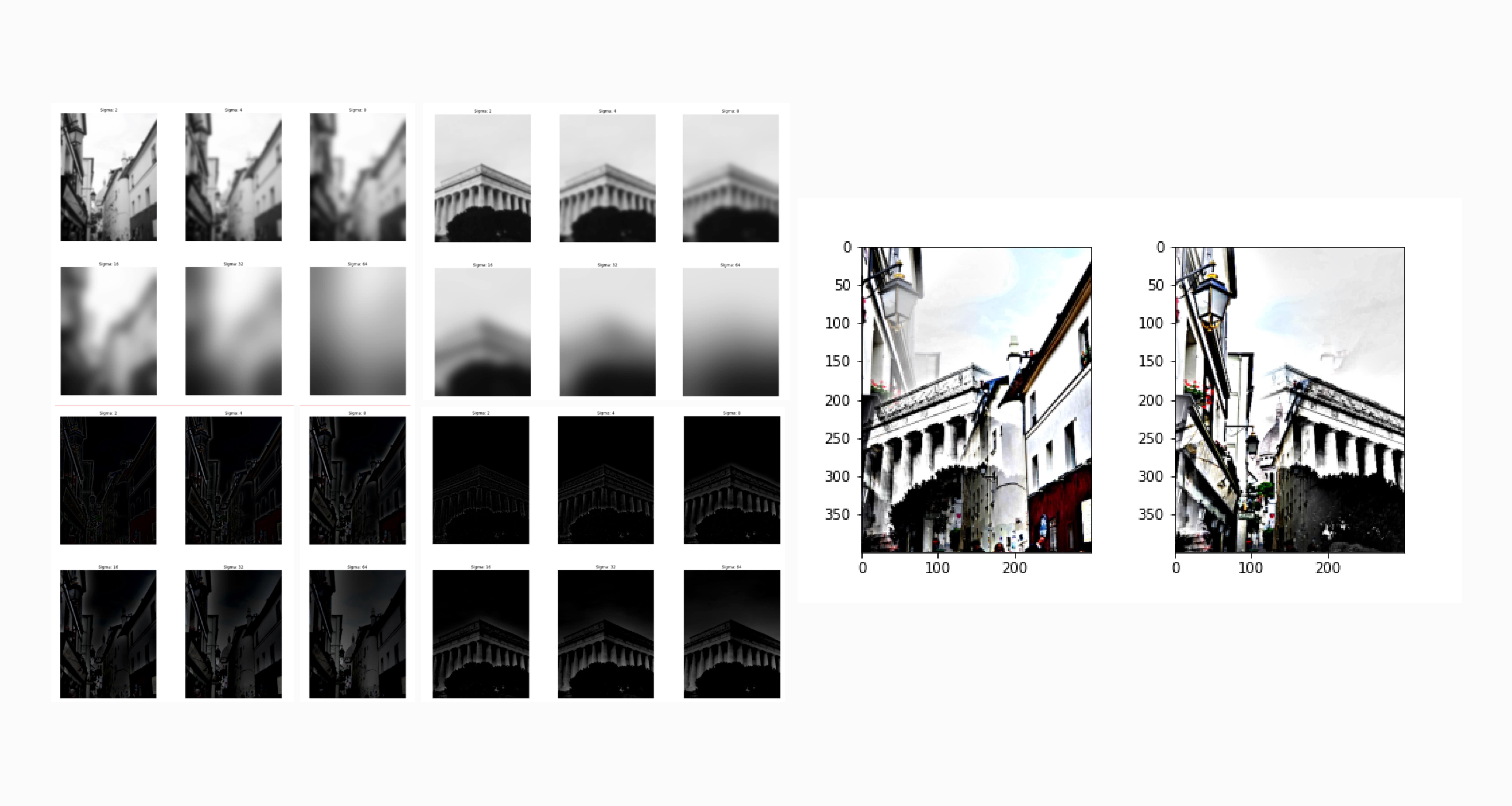Filters

Brief Description.
Gradient
Magnitude
Computing gradients over different areas of images is one of the fundamental techniques in computer vision to detect edges. Calculating the gradient can inform the edge intensities and directions. First, we would need to compute gradients in x (left - right, vertical edges) and y directions (top-bottom, horizontal edges). The magnitude mathematically would be sqrt(D_x**2 + D_y**2). The magnitude of the gradient tells how much the image is changing, while its direction tells the direction in which the image is changing the most.

Observation
Derivative of
Gaussian
DoG is an algorithm that subtracts the blurred image from the original, thus removing unnecessary noise and preserves only high frequency of the images. It was observed, through the range of thresholds that the gradation produces smoothing effect, making it easy for binarization. I chose threshold = 0.035 as it brings information not only on the front person, but also landscape in the background. The overall edges are way less choppy mainly due to gaussian spread and weight pixels. Derivative of gaussian has indeed produced the same results as the derivative process of blurred image (results below).


Filters
Frequencies.
For every image I chose kernel size to capture comprehensive edges for the image, then utilized unsharp mask filter with different alpha values. In all images, alpha = 2 and 3 gave the most natural look to sharpening. When I tried to apply the filter on blurred image (fig 2) the result turned out to be sharper than the original one. The sun shadows as well as the shirt's texture are much more amplified. In the original image, little houses on the background were not much into the focus, but the blurred-sharpened gives almost an equal focus for a person as for a background, which deteriorates the original aesthetic of the photograph. Personal photos are from Sigriswil, Switzerland with Leica camera. I had to significantly reduce the number of pixels of those images to compress the size to perform image processing.
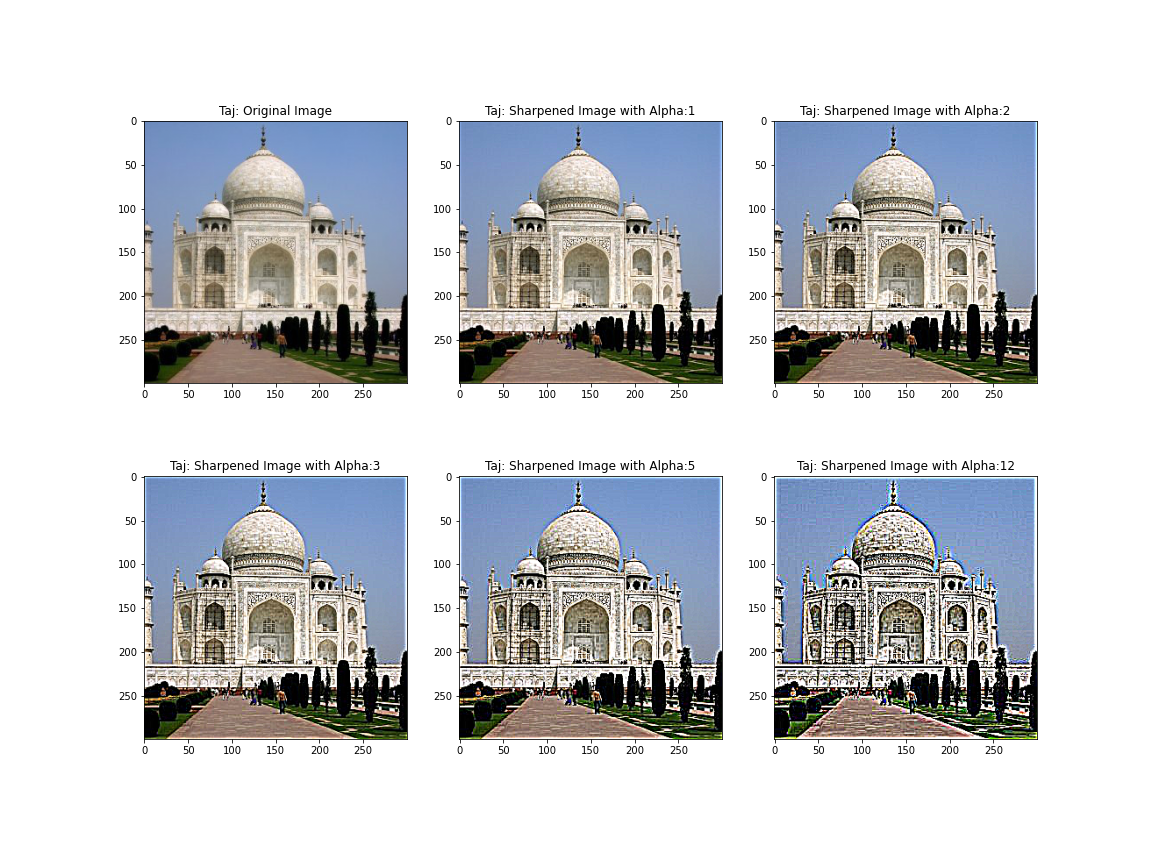




 Hybrid Images
Hybrid Images
Here I created hybrid images with the principle that high frequencies are more dominant to human perception, but with the distance low frequencies (smooth) parts of the image signals are also perceived. Blending one image with high frequency signals and the second image with low frequencies I was able to make hybrid images, interchanging images with distance. Alignment and centering was a constraint, so I had to pick images that were compositionally similar and compelling to explore at the same time. First exploration was with both portraits (Coco Chancel and Anna Wintour) and you can also see the Fourier analysis when performing high and low pass filtering for each. Kernel = 25 was the best to balance both images. The second exploration was with John Galliano's design of the dress for Maison Margiela and a generative artwork by Kluge, both resembling human faces. In this case, kernel size of 80 was the most natural.
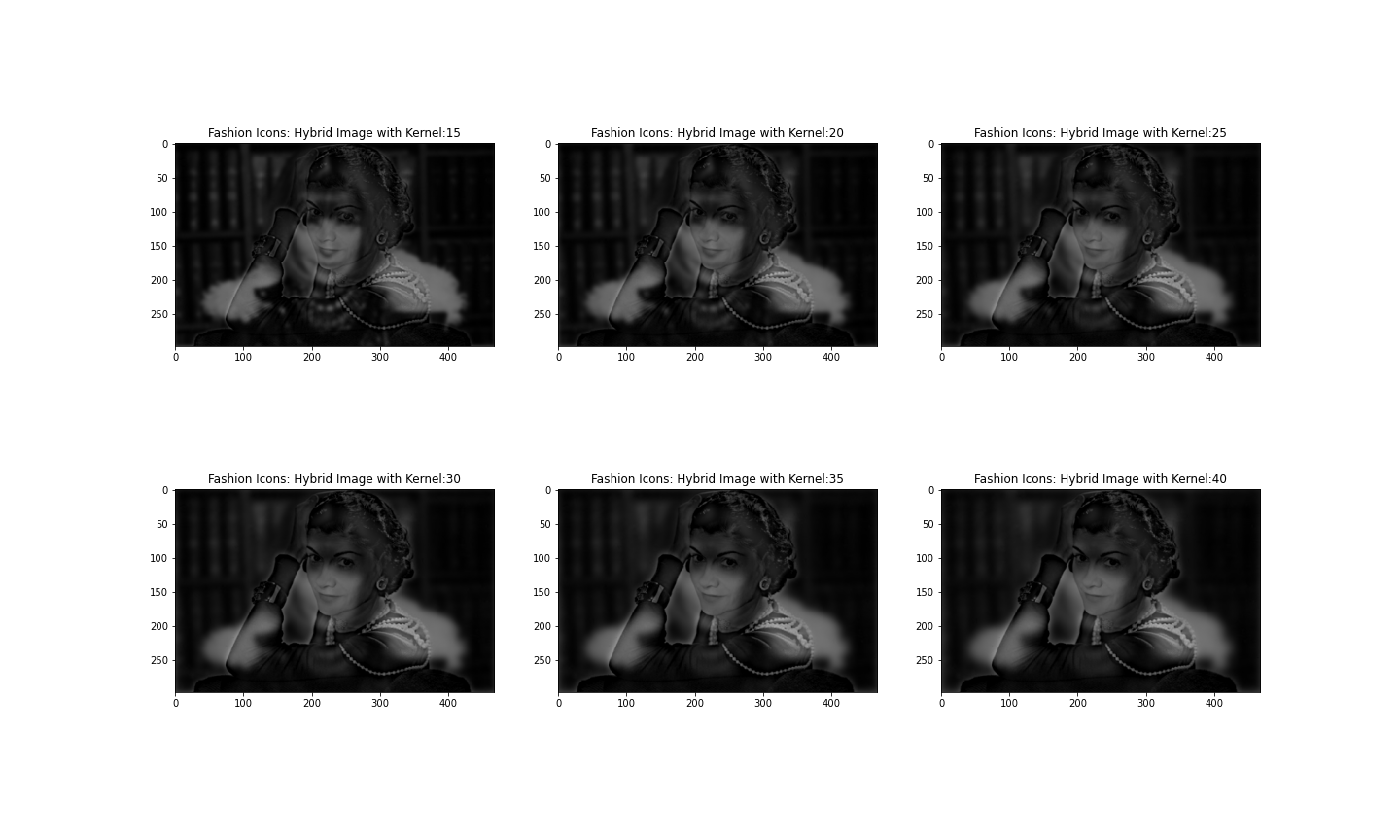
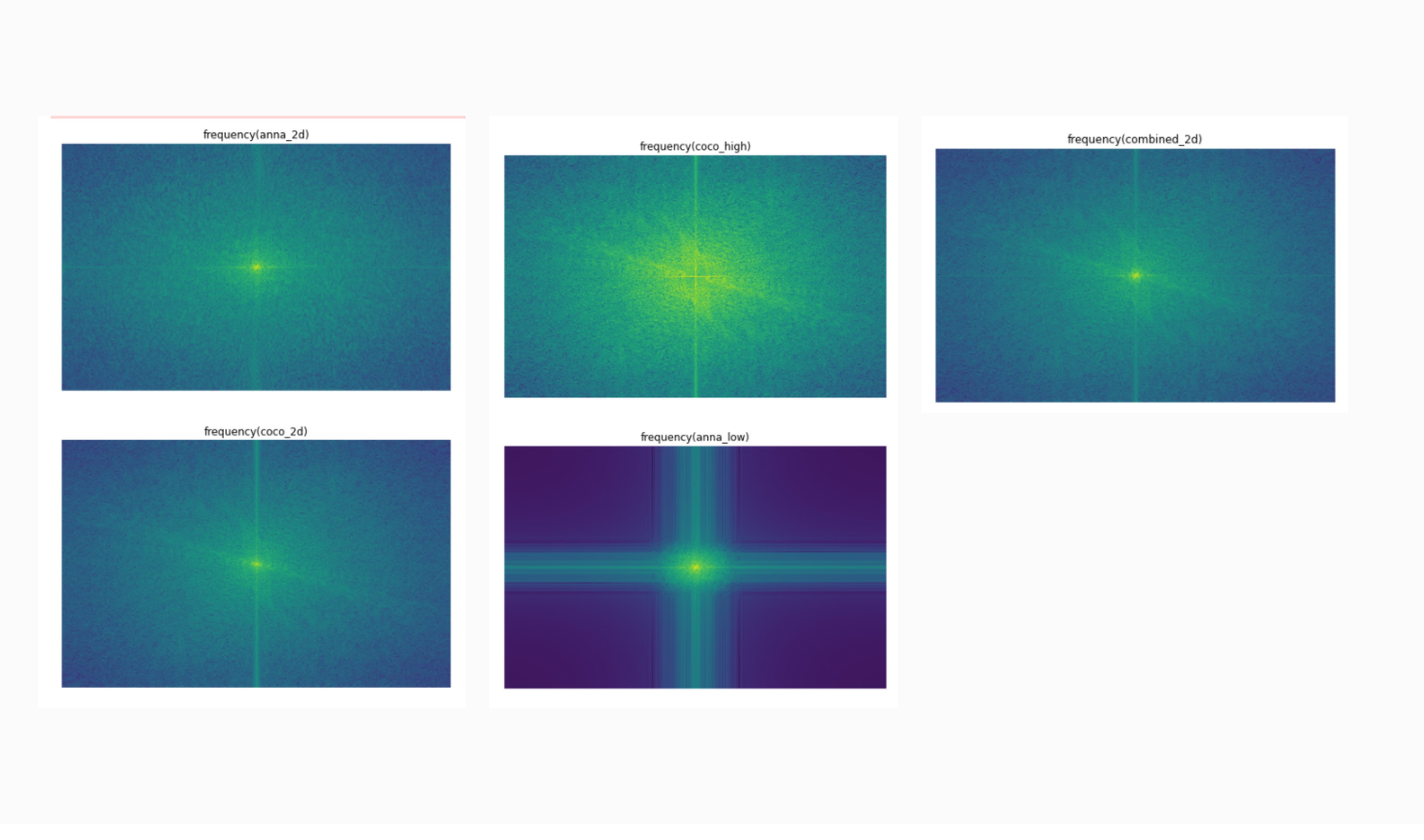

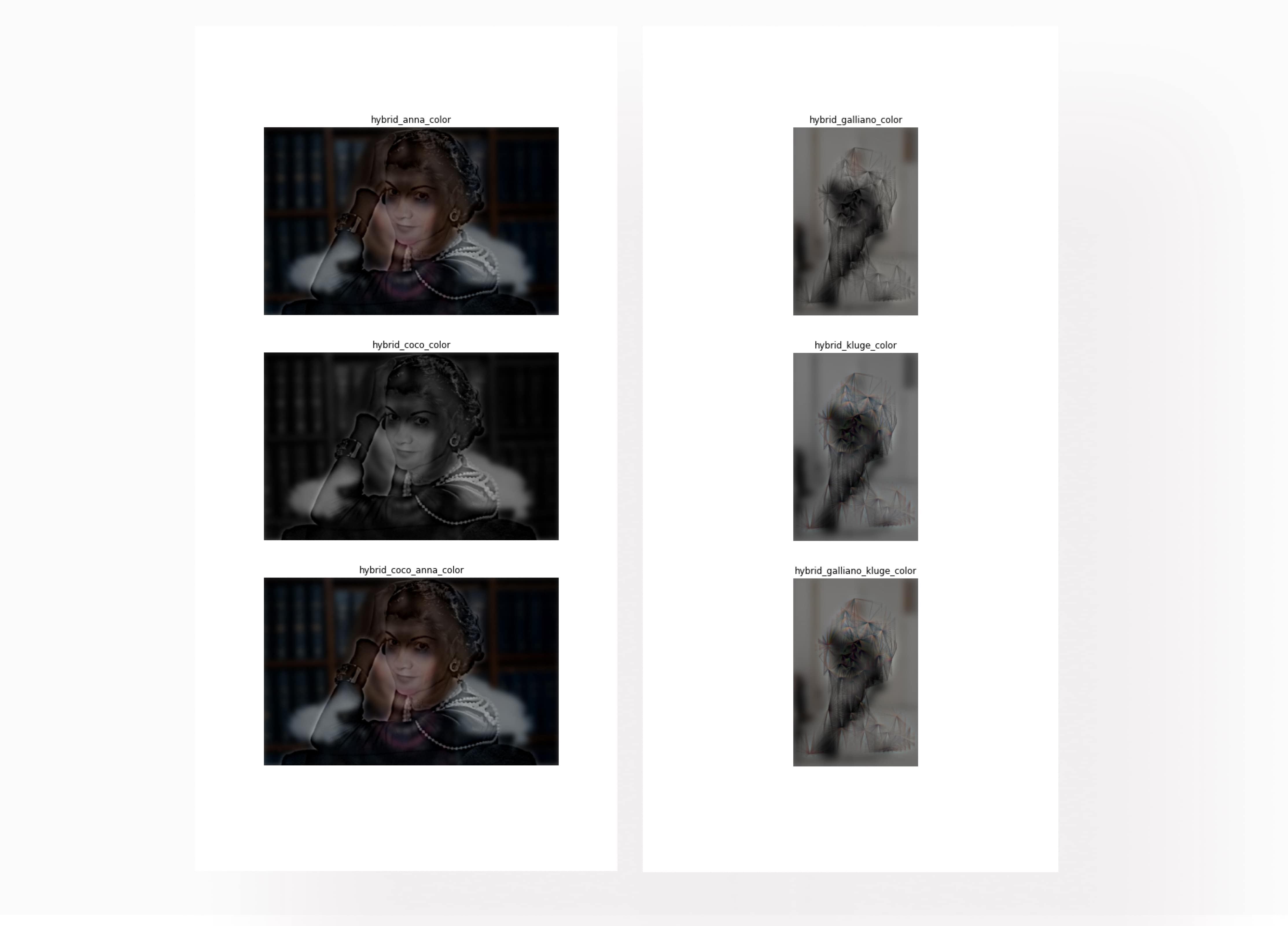
Blend
Brief Description.
Multiresolutional
Blending
The goal was to blend two images seamlessly using a multi resolution blending as described in the 1983 paper by Burt and Adelson. To create a multi-resolutional blended image, I computed gaussian and laplacian stacks and combined them. Multiresolution blending computes an organic seam between the two images seperately at each band of image frequencies, resulting in a smooth seam.
I created the cards of different photographs I've been exploring, displaying both the gaussian and laplacian stacks as well as two ways of combining images (difference in the order). The second and third images I wanted to experiment with generating fashion designs through this approach. In Fig.2 I used one of the John Galliano's dresses for Maison Margiela (Couture S/S 2017) and one of the generative portraits from an art collection "alternatives" by Espen Kluge. In Fig.3 I combined two couture pieces produced by Dior fashion house, but of different times and by two different designers (one is John Galliano and the other is Raf Simons) at the time. The following images were photographed by me in Switzerland, Paris, and Washington DC. Fig.4 locates a person into the place, also creating a new landscape topology at the background. Meanwhile, Fig.5 located an architectual building in the fabric of another city. So many cool applications from this algorithm!
